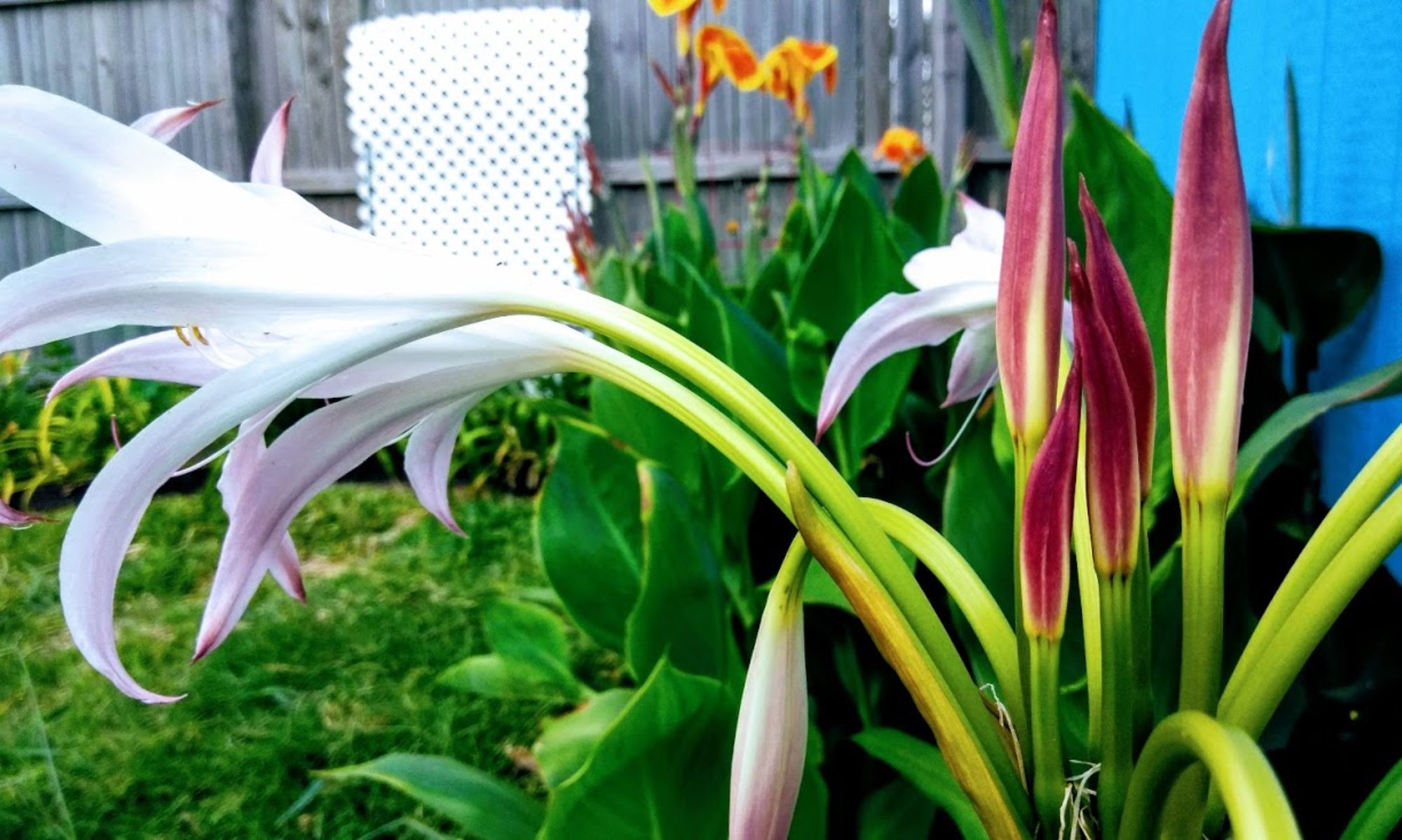 I took a deliberate walk around the gardens this morning. What did I find? Life; little signs of spring, or even better signs of life, all around me. The rebirth of so many things. It’s no wonder so many people feel this is their absolute favorite time of the year. What better time is there for planning and to refresh one’s mind then this new life stage? As Solomon said in his songs, “See! The winter is past; the rains are over and gone. Flowers appear on the earth; the season of singing has come, the cooing of doves is heard in our land… Arise, come, my darling; my beautiful one, come with me.”
I took a deliberate walk around the gardens this morning. What did I find? Life; little signs of spring, or even better signs of life, all around me. The rebirth of so many things. It’s no wonder so many people feel this is their absolute favorite time of the year. What better time is there for planning and to refresh one’s mind then this new life stage? As Solomon said in his songs, “See! The winter is past; the rains are over and gone. Flowers appear on the earth; the season of singing has come, the cooing of doves is heard in our land… Arise, come, my darling; my beautiful one, come with me.”
How can you prepare your existing beds for spring?

For a gardener there is no better time than spring! We plan for it all winter and long for it all summer! Although Fall does offer just as much growth it still seldom rivals the feeling of life we find in spring. Yes, there are a few simple steps we can take to prepare for its greatness!
1) Walk your space
 The first step in preparing your existing beds for spring is simply walking your space! Just as I did today grab a nice cup of coffee and walk your gardens. This is not a journey of work but one of discovery!
The first step in preparing your existing beds for spring is simply walking your space! Just as I did today grab a nice cup of coffee and walk your gardens. This is not a journey of work but one of discovery!
Your goal here is to simply open your eyes to what life is appearing from last season. Find what is coming back or what needs removed. Most gardens, even if all annuals, will have some sign that it’s time to prep for spring.
2) Look for New growth
Did you have roses, trees, or perennial flowers? Check for signs of green

coming back around the dead growth. For roses those signature bright purplish red leaves that show up in spring or, for fruit trees the small buds starting to form on the branches from last year. Make note where its coming up and also make note of any dead growth left from last season.
3) Look for residual or dead foliage

Look for green coming up around dead foliage from the last season. This is a great sign that your plants are doing well and are as ready for the spring as you are! Notice if there is dead foliage around the new and plan for the best time to start to cut this back .
4) Plan for trimming and clean-up

Most of your plants that return annually will need some kind of trim or clean up. However, don’t be too anxious to do this. More than likely you will see the first signs of life on your walk several weeks before you should clean off the old. For example: I am in Zone 8. My signs of spring most often start to show up towards the end of February. I see new growth on my lavender, daisies etc.  However without a doubt I will continue to have freezes on and off through the end of March. As such, I should hold on my urge to remove this dead foliage until I know for sure my cold is truly gone. Why? This bit of leftover foliage offers warmth for the new babies underneath them. How will you know when?
However without a doubt I will continue to have freezes on and off through the end of March. As such, I should hold on my urge to remove this dead foliage until I know for sure my cold is truly gone. Why? This bit of leftover foliage offers warmth for the new babies underneath them. How will you know when?
Follow your weather patterns. One should trim within a week or so of what is considered that last freeze in your area. If you have plants you’re not sure of you can reach out; we can figure it out!
patterns. One should trim within a week or so of what is considered that last freeze in your area. If you have plants you’re not sure of you can reach out; we can figure it out!
5) Prep your bare garden areas

Make note of any bare spots you have. The places in your beds that will hold all your new plants such as peppers, tomatoes, corn, beans etc. Do a quick soil test See: Step 2 of a Successful Garden: Soil Assessments and check if you need refreshing.
- Add fresh compost! If you have not added fresh soil in a few seasons then you probably need a few bags. I like to refresh annually with Black Kow compost.
 If it’s an existing bed probably a few bags in each of your spaces will be plenty. Work it into your existing soil spreading it across your beds. This picture here is for both new beds and a refresh of old! Therefore, the amount you need could vary based on the size of your beds and rather they are new or not!
If it’s an existing bed probably a few bags in each of your spaces will be plenty. Work it into your existing soil spreading it across your beds. This picture here is for both new beds and a refresh of old! Therefore, the amount you need could vary based on the size of your beds and rather they are new or not! - Add fresh peat moss twice a year, once in spring and once in fall. Peat Moss can be controversial for some. It is 100% natural which is why I love it, however it’s and taken from the bogs and this is where some have concern. As such, I try to not use it excessively more as a winter and spring prep! Coconut moss is also an option if one prefers not to use Peat.
- Add leftover banana or orange peels in with the fresh compost!

- Add all of your stored coffee grinds at this time along with eggshells you have been holding over winter! Mix all of these items in with your existing soil at least three weeks before your first plants go in! Allow it to sit in your beds and start their decomposition process while starting your seeds.
In Closing!

Starting your spring prep process can be so fun! Yes, it’s work of course but it allows you to see the life that is just around the corner! To envision what is coming and clear your mind of what has been! This walk motivates you to get out there and enjoy your first blast of warmth after a long season of cold.

And, it doesn’t hurt either if you whisper to your gardens in the words of Solomon… “Arise, come, my darlings; my beautiful ones, come with me,” spring is upon us, and my life and your’s is beautiful!
Do you want to read more of Oma’s articles! Make sure and register to receive notice of new content via email!
Visit Oma’s Storefront for a Selection of Garden and Hand Made Products!


